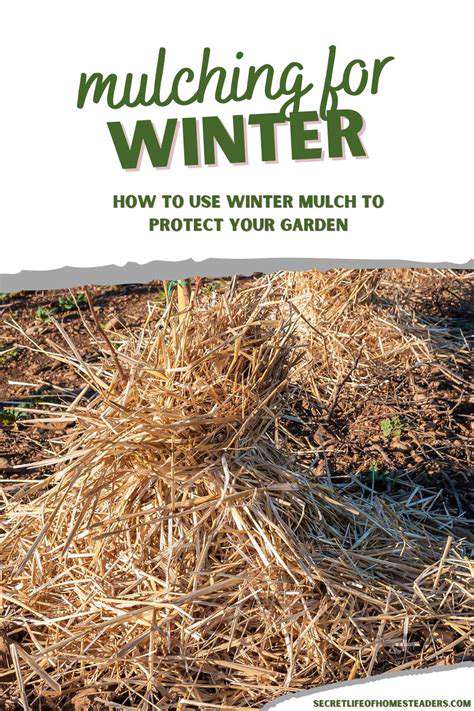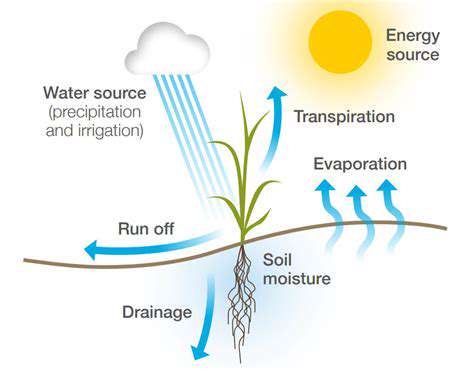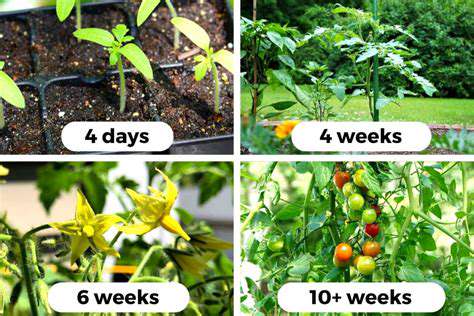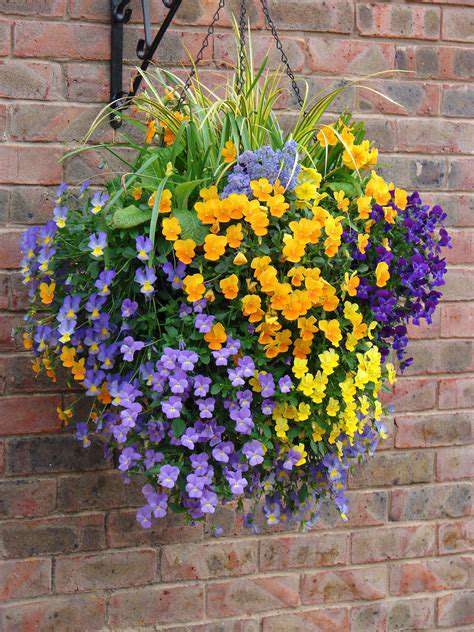How to Overwinter Your Outdoor Plants

Protecting Vulnerable Plants
Winter mulching serves multiple protective functions beyond simple insulation. A proper mulch layer moderates soil temperature fluctuations that can heave plants from the ground. Apply mulch to a depth of 2-4 inches, keeping it several inches away from plant stems to prevent rot and rodent damage. In very cold regions, consider doubling this depth for particularly tender plants.
Improving Soil Structure and Drainage
The right mulch materials actively improve garden soil over time. Organic options like shredded leaves or compost break down gradually, enhancing soil fertility and texture. Avoid using whole leaves as they can mat down and prevent water penetration. For clay soils, incorporate some coarse sand or fine gravel into mulch mixtures to improve drainage.
Suppressing Weeds and Preventing Soil Erosion
Winter mulching provides weed control benefits that extend into spring. By blocking light to weed seeds, properly applied mulch reduces early spring germination. On slopes, use netting or burlap over mulch to prevent washouts from winter rains. Replenish mulch layers as needed after heavy storms to maintain consistent coverage.
Enhancing Soil Fertility and Nutrient Retention
Nutrient-rich mulches like compost or well-rotted manure slowly release essential elements into the soil. Time application of these materials to coincide with plant dormancy, allowing nutrients to integrate without stimulating untimely growth. Avoid fresh manure which can burn plants and introduce weed seeds.
Regulating Soil Temperature
The insulating properties of mulch create more stable root zone conditions. This temperature moderation proves particularly valuable during early spring when alternating warm days and freezing nights can damage emerging perennials. Leave some mulch in place through early spring to protect plants from late frosts.
Promoting Water Conservation
Mulch significantly reduces winter moisture loss from both evaporation and wind exposure. In drought-prone areas, this water conservation becomes critical for plant survival. Choose darker colored mulches in cold climates to absorb more solar heat during winter days. In warmer regions, lighter colors help reflect excess heat.
Choosing the Right Mulch Material
Match mulch types to specific garden needs. Shredded bark works well for pathways and around trees, while finer materials suit flower beds. Consider aesthetic appeal along with functional properties - mulch contributes significantly to winter garden appearance. For vegetable gardens, use materials that break down completely by planting time.
Chronic sinus inflammation, also known as chronic sinusitis, involves persistent swelling of the nasal passages lasting 12 weeks or more despite treatment efforts.
Protecting Tender Plants: Cold Frames, Cloches, and Other Techniques
Cold Frames: A Versatile Tool
Well-designed cold frames extend growing seasons remarkably. These structures work best when angled toward the winter sun and insulated at night with old blankets or straw bales. Install automatic vent openers to prevent overheating on sunny winter days. For maximum versatility, choose designs with adjustable lids that can be propped open at varying degrees.
Cloches: Simple Solutions for Sensitive Plants
Modern cloches offer improvements over traditional glass designs. Plastic versions with ventilation flaps prevent excessive heat buildup while still providing frost protection. Use gallon jugs with bottoms removed as inexpensive mini-cloches for seedlings. Remember to remove or vent cloches during warm spells to prevent cooking your plants.
Mulching: A Natural Insulation Layer
Layering different mulch materials creates superior insulation. Start with a base of compost or manure, add a middle layer of leaves or straw, and top with evergreen boughs for structure. This lasagna approach provides varying rates of decomposition and insulation. Avoid using whole newspapers which can create impermeable layers - shred them instead.
Using Row Covers: Affordable Protection
Floating row covers come in various weights for different protection levels. Lightweight versions (0.5 oz) protect against light frosts while heavier materials (1.5 oz) offer several degrees more protection. Secure edges properly to prevent wind damage while allowing for some air circulation. Remove covers periodically to check for pest buildup.
Choosing the Right Technique: A Personalized Approach
Combine protection methods for optimal results. Use cloches over mulched plants, or place cold frames over row-covered beds. Keep detailed notes on what works best for specific plants in your microclimate. Over time, you'll develop a customized protection system perfectly suited to your garden's unique needs.
Winter Watering and Maintenance
Protecting Tender Plants
Winter watering requires careful balance. Check soil moisture monthly during thaw periods, watering only when necessary. Water early in the day so excess moisture can evaporate before nighttime freezes. For container plants, group them together against a sheltered wall and wrap the entire group with insulating materials rather than individual pots.
Preparing Perennials for Winter
Winter maintenance prevents spring problems. Remove heavy snow loads from shrubs to prevent branch breakage. Mark plant locations with tall stakes before snowfall to avoid accidental damage during winter activities. Apply anti-desiccant sprays to broadleaf evergreens in late fall to reduce moisture loss.






